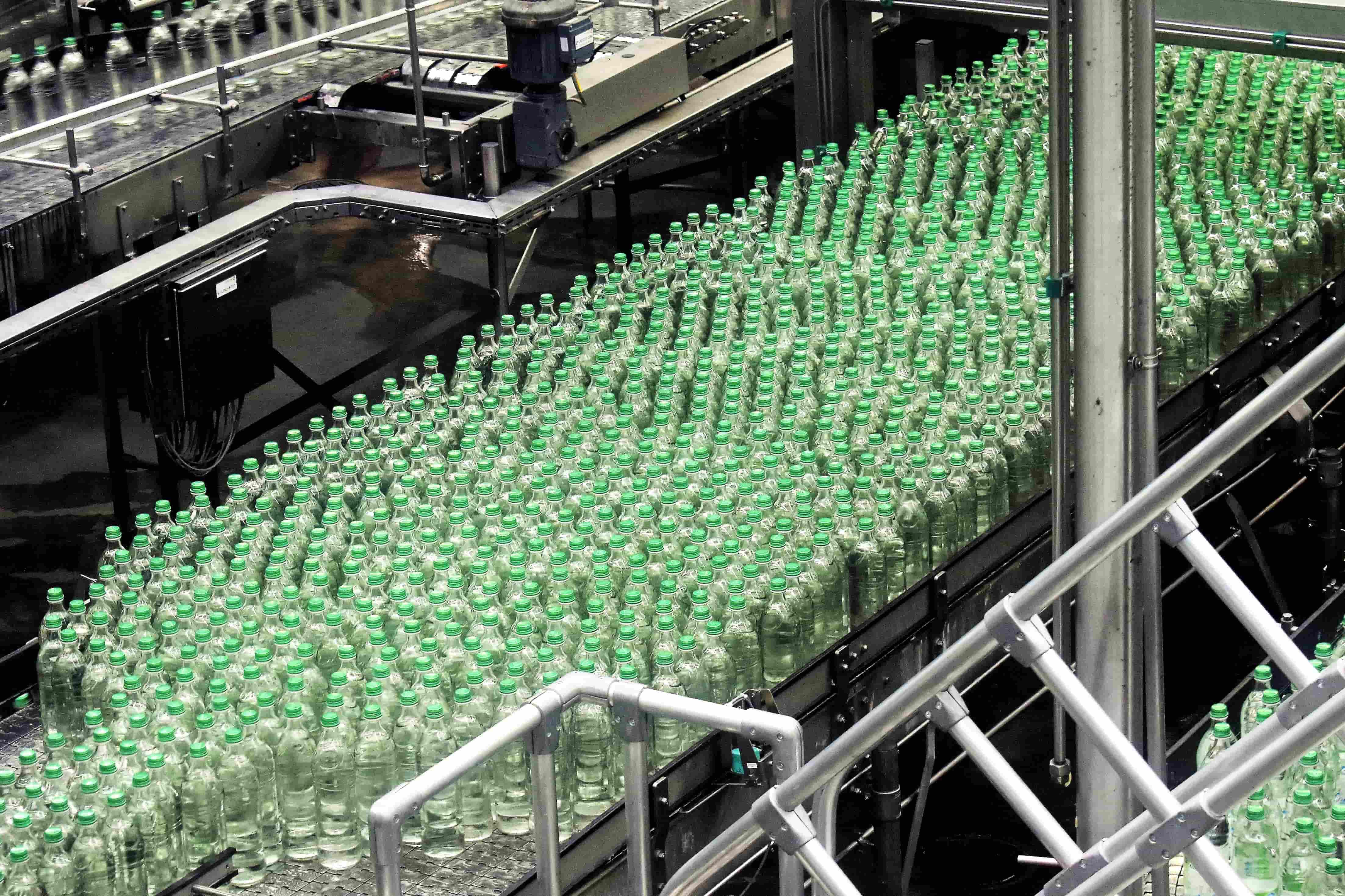Remember when you had to physically go to a bank and stand in line to withdraw money? Or a time before self-service store checkout machines? Automation has streamlined the way we interact with the world around us; our way of life just a decade ago is unrecognizable today. We can open our curtains at home from a different country today thanks to smarthome technology, chatbots answer our customer service calls and messages, and business workflows are a lot more efficient. In fact, the way we work has been completely revolutionized by machines and automation.
It's easy to see automation as shiny and new. It's also easy to worry about the rise of robot overlords in a Terminator-style end-of-days dystopia. But automation is nothing new. Back in the first industrial revolution a lot of tasks were taken over by machines. Humans were no longer needed to assemble products - can you imagine how much time was saved by having a machine screw the top onto a tube of toothpaste rather than doing it by hand?
Automated processes now assemble almost every product we interact with. Our lives are streamlined by automation at every turn.
When we think about automation in business across history, we have to take a close look at the manufacturing sector. Robotics and automation have made life a lot easier for us over several decades thanks to advances in machinery and the rise of mass production. We got our first glimpse at automation as a modern-day concept via the automobile industry: Ford Motor Co.'s Vice President Delmer S. Harder coined the term in the late 1940s, if sources are to be believed. Automation stirred things up across the world, revolutionizing the car assembly line and disrupting every manufacturing plant across the world.
Thanks to automation the way we do things has become' well, better. Processes are streamlined and productivity is up. It's not just manufacturing that's running efficiently: business workflows that span all industries are feeling the effects of automation.
And things are just getting started.

Businesses around the world are adapting to embrace the changes brought about by automation. Workflows are optimized to include smart, machine-led steps that save time, money and resources. Finance companies around the world are breathing a collective sigh of relief now that manual number crunching and invoice processing has been taken off their hands. As it stands, there are a lot of ways automation and machine learning have affected workforces, and it's rare to find a team that hasn't felt the benefits.
Creative teams can collaborate on digital artwork projects from across the world thanks to automation, and productivity platforms like automatic transcription from Trint mean projects that use the spoken word take no time at all. Businesses need time, money and resources more and more as the business-scape becomes more competitive and demands on teams increase. Thanks to automation your team can forget about those manual admin jobs and take care of what's important.

Looking to the future, the powers of automation will continue to disrupt the ways we work and technology systems will become increasingly integrated into our workflows. We're only just beginning to realize the true powers of AI and automation as tools we can use to collaborate, create and share business stories with the world, and with further development we'll see all of our processes streamlined. Workflows will be optimized and powered up by automation to get optimal results productively and efficiently, and there'll be no more excuses for subpar output.
Transcription can be costly and time consuming. If you're still manually note-taking in the Trint era, you're missing out on huge workflow benefits. Trint lets creatives be creatives - no team member is stuck with manual note-taking and transcribing on their to-do list. Powered by automation and AI, Trint helps teams keep focus on their important tasks while transcription is being handled by the machines.
Want to go a step further in your business workflow automation? Trint integrates with third party collaboration apps like Zapier, which connects automated systems for improved productivity and an even more streamlined workflow process.